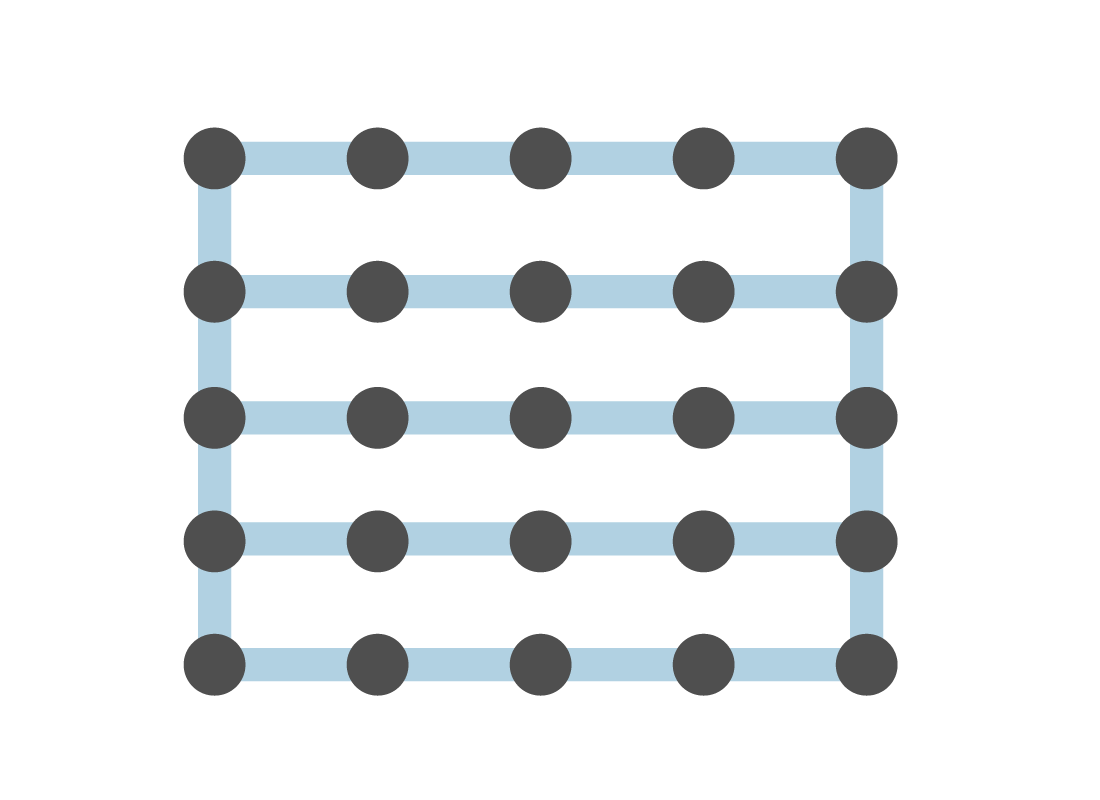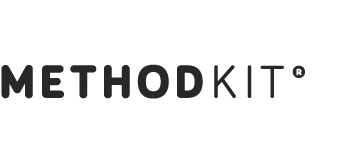WORKSHOP DESIGN
Designing Workshops
Having a clear view of why running a certain workshop will make it so much easier for you as well as for everyone participating to focus on the same things. Like any trip. You want to know when to be there, where you are going and how long it will take. And no, you can’t eat in the bus.
Workshop framing
IDOARRT is a model that helps you design workshops and to clarify what, why and how you are doing it.
- Intention – Why are you there in the first place?
- Desired Outcomes – What do you want out of it?
- Agenda – A clear agenda and what you will be doing.
- Rules – Be clear about the rules of engagement in the workshop.
- Roles – Be clear about the role of facilitators and participants.
- Time (effective) – Define and keep the time.
Workshop styles
Some workshops consist of one type throughout while others contain a mix of the different elements. We believe workshops should be structured enough for the participants to feel on track. But loose enough to let people be creative & not feel trapped.

1. Loose
Leaving participants to a fair bit of managing themselves. Long exercises where people have to self-manage and collaborate.

1. Semi-structured
Enough structure to make people feel safe, but not enough structure to limit creativity.

3. Structured & defined
This type of facilitation focus on holding a very structured frame for the participants. Managing time closely, introducing short exercises. This style leaves little room for detours.
Outcome types
We need to achieve something pre-defined
The facilitator has high stakes in the direction of the meeting and the outcomes. They focus on specific types of outcomes. High stakes can either be internal (you are the boss and facilitator that wants people to come up with something) or external (someone else wants the outcome and you need to deliver to them).
We need to achieve something that is flexible
Being flexible with the outcome doesn’t mean that you as a facilitator don’t care about what comes out but rather, if the group and the client feels good about it, you are happy.
Workshop material
What separates workshops from regular meetings is material. The material is used to clutter down all the ideas, structuring them, organizing, dividing, saving and throwing them away. What material to bring depends on what exercises you decide to use in your workshop.

- Scotch tape. Create grids and selection matrixes on walls.
- Post-its. Put definitions of the different aspects on post-its.
- Colored dots. Use dots to select the best ideas/definitions together in a group.
- Clock. Time timer is a good tool.
- Name tags. If people don’t know each other this might be a good idea.
- Thick pens. Makes overview from a distance easier. Recommendations: Pilot V-sign
- Tack-it or Blu-tack. Sticky mass that can be used to attach cards to walls.
- Plastic tape. Can also be used to attach the cards to walls.
- Kits. Last but not least, bring your kits.


